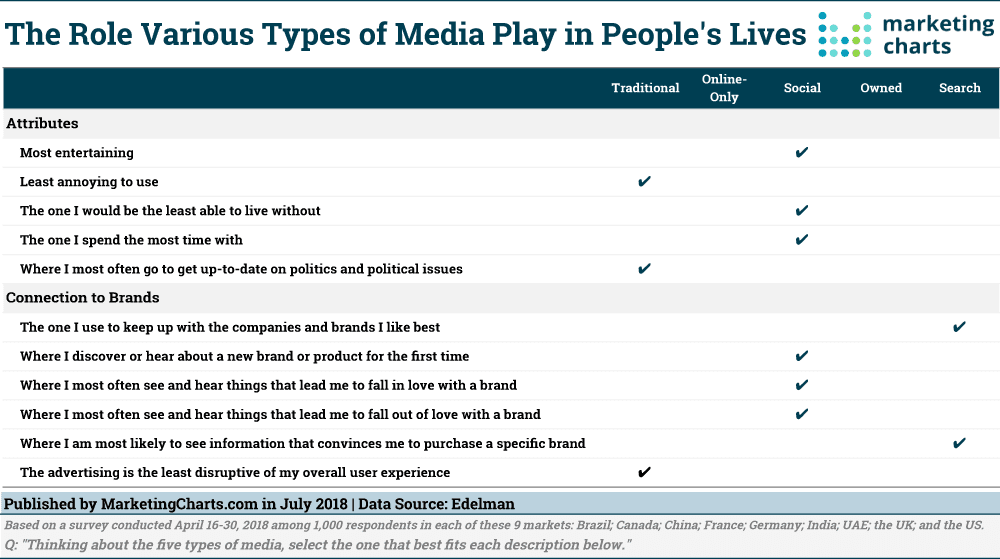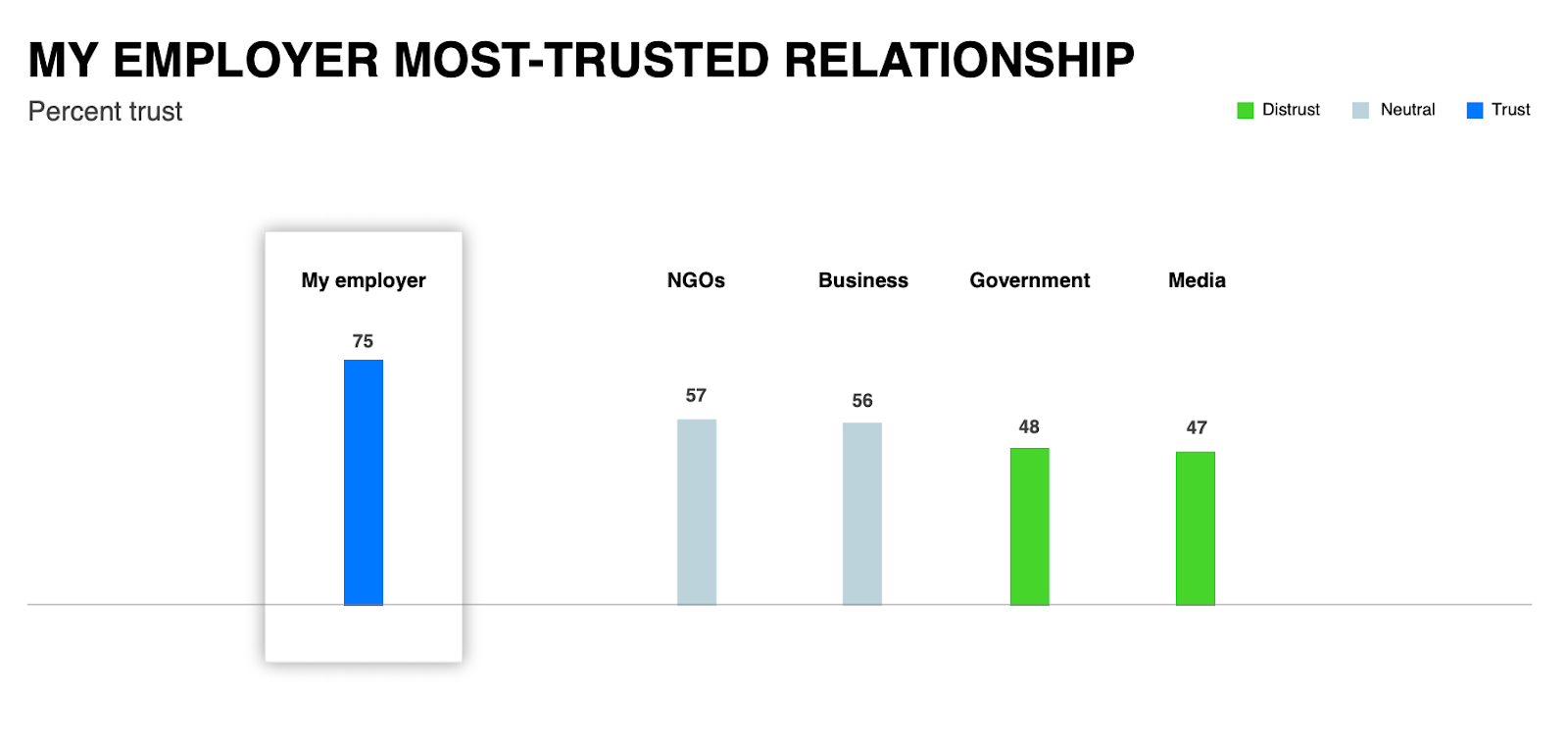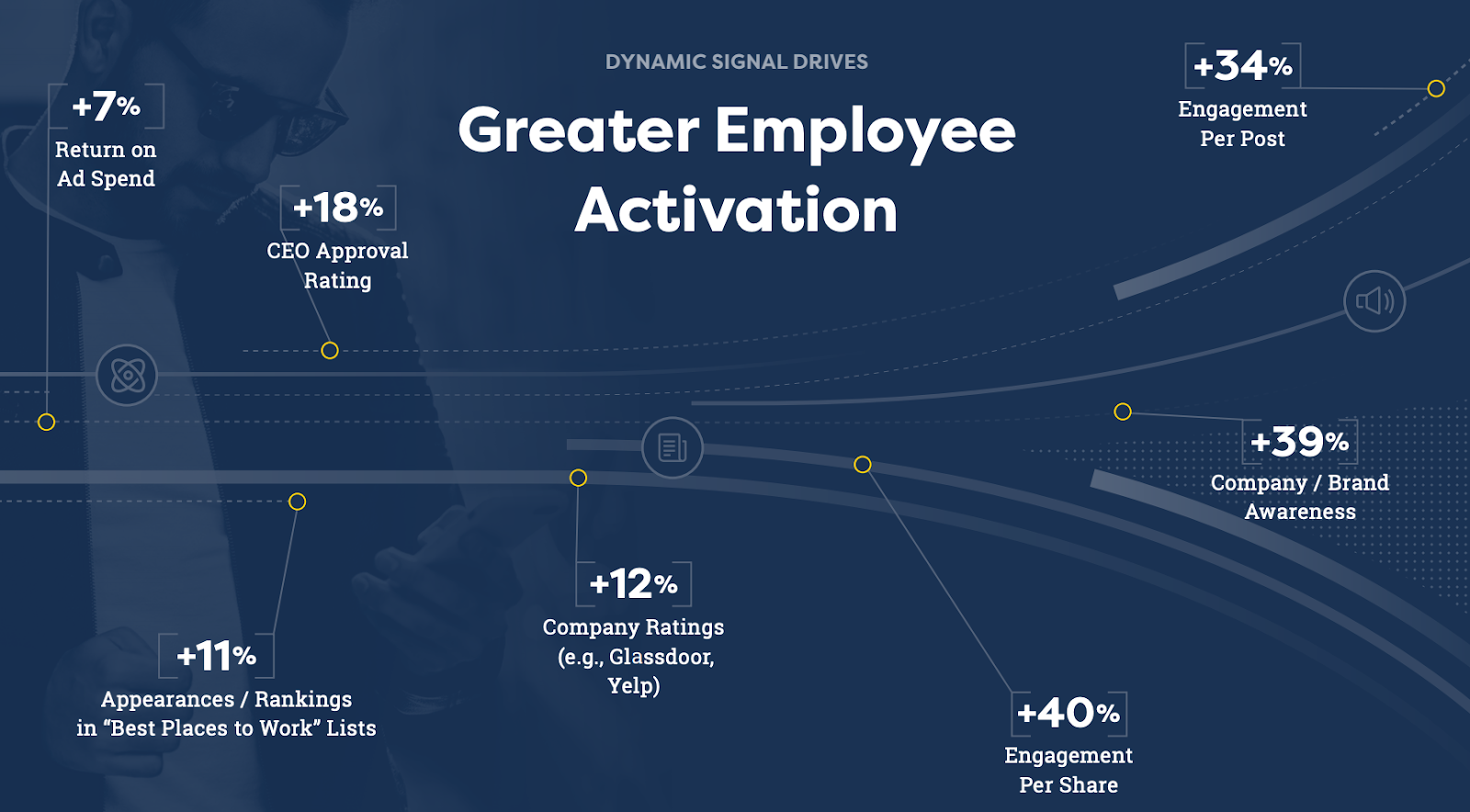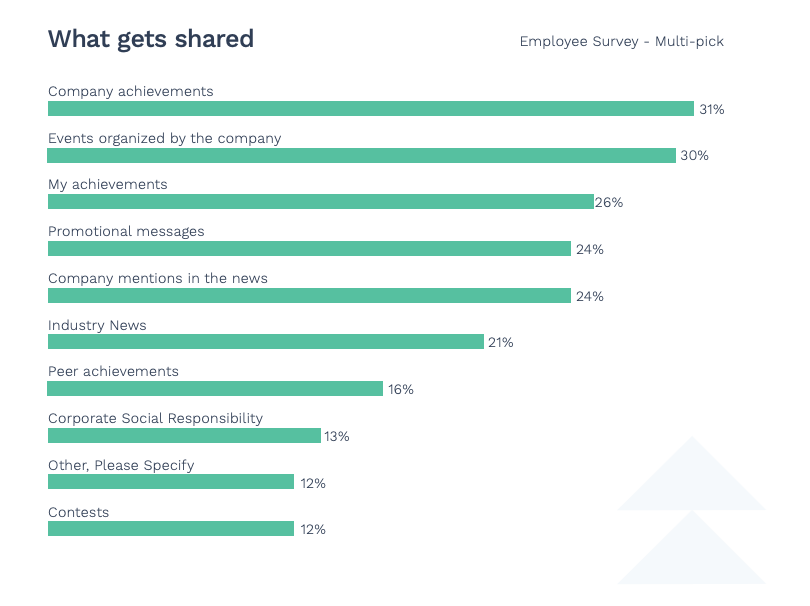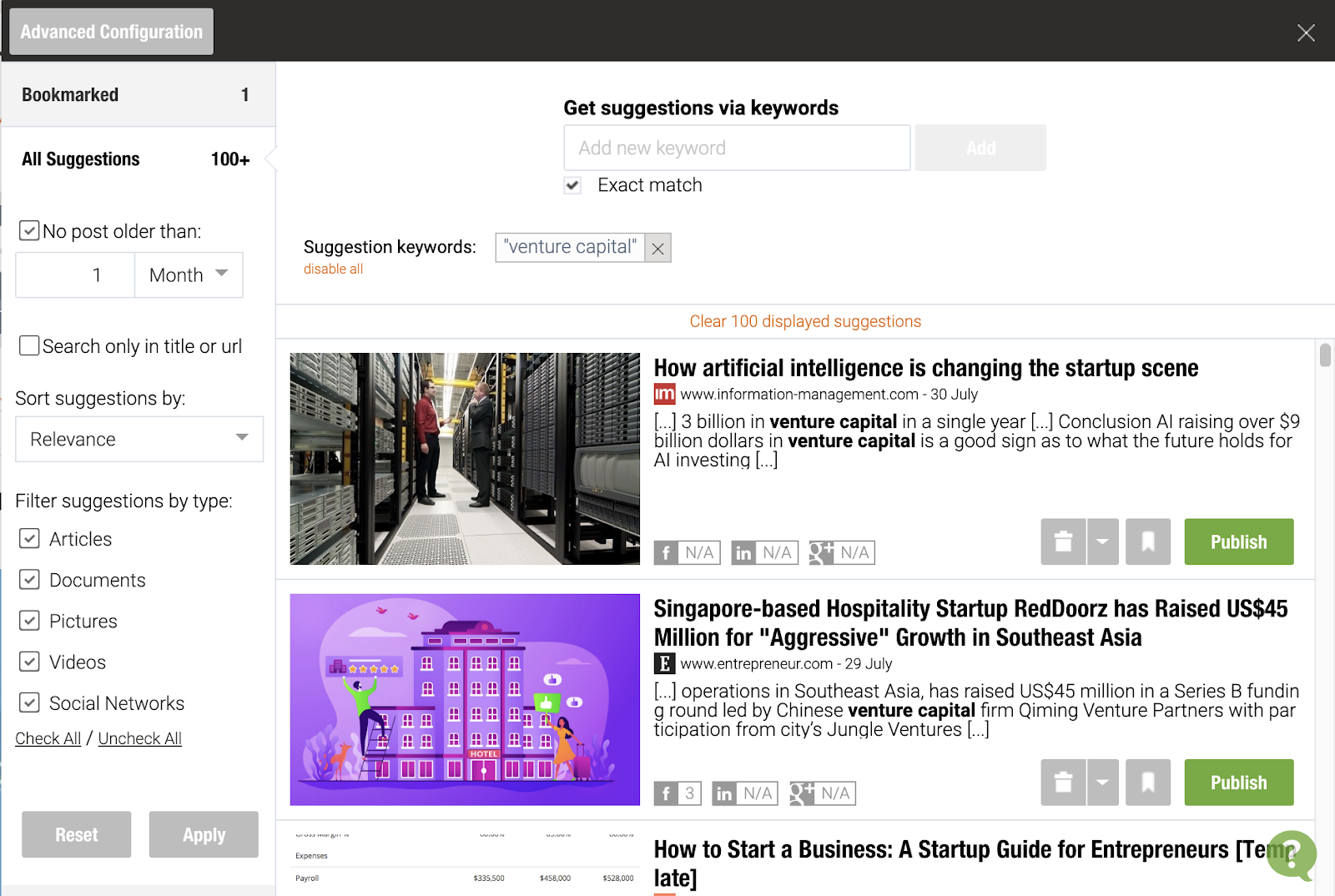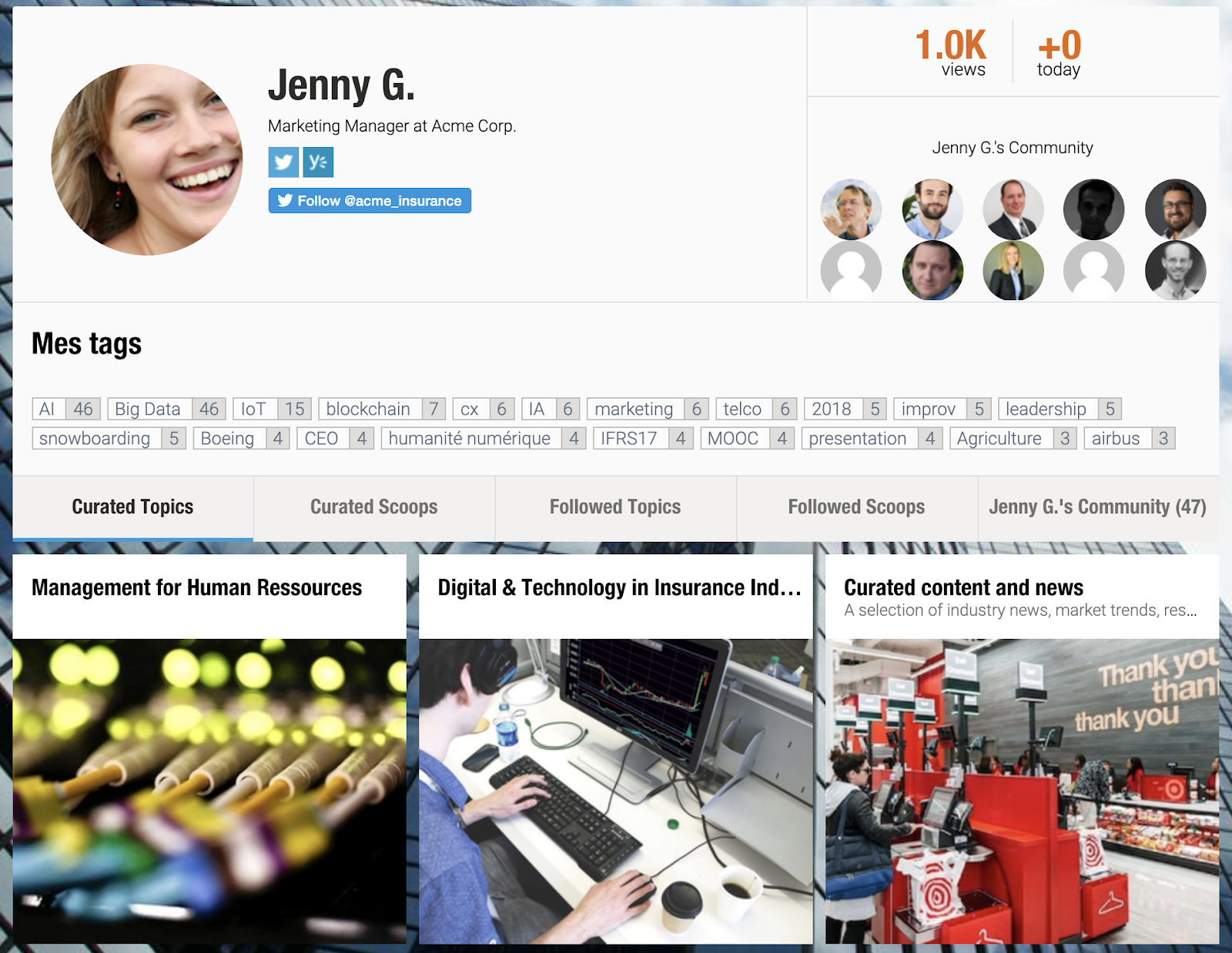When you’re looking for advice, do you ask your friends, family, and peers, or do you rely on, say… Facebook ads?
Our relationships are powerful: they come with a built-in level of trust that no generic company message can replace. This is why employee advocacy is among the strongest assets a company can use.
At its core, employee advocacy is the promotion of a company by its employees. It primarily takes place online, with social media as the leading group of channels.
It’s effective because your employees have built their own networks of industry connections, friends, and supporters within their area of expertise—and outside of your company’s following.
So when you add up the networks of your dozens or even hundreds of employees, they’re likely exceeding the reach and influence your organization has on its own!
Employee advocacy promotes your company across many areas:
- Lead generation and sales
- Attracting new recruits
- Content distribution
- Company mission and brand awareness
In other words, it’s not all about generating direct sales. Employee advocacy can help your company grow on all fronts: engaged employees increase company’s profitability, perform better, and bring more empathy to the workplace.
It’s a winning situation for everyone involved.
Is your employee advocacy program missing the mark?
But what if your employee advocacy program is failing? What if only a few employees are willing to share your content? The potential reason for that is simple: your employees don’t want to only share your company’s content.
The solution? Sharing content from third-party sources. Content curation adds diversity to your employee advocacy approach and it’s most effective when it:
- Relates to your employees’ specialties
- Sparks their genuine interest
- Brings fresh insight to their networks
Sharing relevant, in-depth industry content positions your employees as true experts in their field.
To make this happen, content curation needs to be as easy as possible for your employees to execute—this guide will show you how.
Why employee advocacy works with content curation
When you consider that most of the people who discuss brands online do not follow those brands’ social profiles, the advantage of having employee advocates is obvious. It makes it easier to become part of those conversations.
However, no one wants to keep seeing the same products and promotional messages all over again.
So if that’s all your employees are sharing, they’ll struggle to build trust with their network—and lose the one they’ve already built.
After all, more than 40% of digital consumers use social networks to research brands and products. They also want to be entertained, and look forward to spending lots of time on social:
With content curation, your employees can bridge this gap for your company. By sharing content from industry influencers and trusted voices, they will:
- Present diverse ideas, solutions, and discussions about key pain points—not products
- Become a go-to person in their area of expertise because they always provide the latest, and best, insights
- Always have a reason to reach out to an industry connection because they provide value instead of a cold pitch
In other words, they’ll build trust and relationships and, as a result, get your company’s message and expertise in front of new audiences.
The current state of employee advocacy
How is employee advocacy currently shaping the business field?
First and foremost, according to the 2019 Edelman Trust Barometer, employees trust their employer more than any other institution:
In other words, if you haven’t yet launched your employee advocacy program, the time for it has never been better than right now!
The good news? There’s some great foundation to begin with. One study confirmed that 21% of employees are already employee advocates, and 33% had great potential to be ones.
And the true business value of employee advocacy? According to the 2019 Customer Impact Study by Dynamic Signal, your employee activation will lead to higher brand awareness, company ratings, social engagement, and return on ad spend:
To make things better, the same study revealed a 106% increase in social media reach thanks to employee advocacy.
So what is the current role of content curation in employee advocacy?
According to a PostBeyond survey, employees are largely sharing company-driven content. In other words, before they share anything created outside of your company’s ecosystem, they share:
- Company achievements
- Company events
- Own achievements
- Promotional messages
- Press your company has received
This means that there’s a lot of room to stand out with curated content instead of blending in with your competitors.
Where your employee advocacy and content curation can make the most impact
If you’re ready to kick your employee advocacy into gear with content curation, here are the areas to focus on for best results.
Lead generation and sales
Your marketing and sales teams are already doing a great job to get leads and convert them—no doubt about that.
With employee advocacy, however, you can create a lead-generating machine that is always active and consistently brings you leads, even when you reduce your content creation efforts or your advertising budget.
What you need to know:
- Consumers are three times more likely to trust a company employee than a CEO
- 78% of social sellers outperform their peers that don’t use social media, and they are 51% more likely to hit their quota
- 75% of B2B buyers use social media to support their decision-making
Examples of third-party content you can share for lead generation and sales:
- Industry report that confirms an industry shift. For example: sharing the State of Remote Work report if you are a network of coworking spaces
- A roundup of expert opinions on your topic of expertise. For example: sharing a roundup of tips for finding employees if you are an HR agency
Recruiting top talent
Your company will naturally go through seasons when you hire a lot and when things get quiet.
When your employees regularly share curated content and build up their profile within your company, you’ll always have access to a pool of industry professionals who already know your employees to an extent. In periods of high growth in hiring, this will be hugely useful!
What you need to know:
- Job candidates have three times greater trust in company’s employees than the organization as a whole when it comes to information on what it’s like to work there
- 79% of job applicants use social media in their job search
- 84% of job seekers say company reputation is important when deciding where to apply
- 55% of job seekers abandon job applications after reading a negative review
- 47% of people hired through an employee referral stay longer than 3 years, which is more than those who are recruited from a career site or a job board
Examples of third-party content you can share for recruiting purposes:
- Articles that confirm growth of jobs in your industry, in your area, or both. For example: Vancouver, Portland Leap In Ranking Of Best Cities For Tech Jobs
- Articles that spotlight successful individuals in your industry. For example: Meet the 30 young leaders who are transforming the future of healthcare and disrupting a $3.5 trillion industry
Content distribution
If your content isn’t reaching the right people, it can hardly help you reach your business and marketing goals.
When promoting your content, you may forget the strategy that’s right in front of you: your own coworkers. While this isn’t content curation (since they’re sharing company content), the process of sorting and categorizing curated content helps in this case.
This way, everyone in the company can promote content on topics that are most relevant to them and their audience.
What you need to know:
- 89% of B2C marketers and 92% of B2B marketers use social media platforms as their primary content distribution channel
- One employee share generates about 4 clicks on Facebook, on average
Examples of content you can share for content distribution:
- If we wanted to get more traffic to our website before the new feature launch of our social media curation product, we’d share 3 Lessons From the Biggest Social Media Fails of 2019 So Far
- If we wanted to get more traffic to our website before the new feature launch of our internal knowledge sharing product, we’d share How to Use Content in a Market Intelligence Strategy
Communications
Company communication can mean a lot of things to a lot of departments and teams. From whichever way you look at it, employee advocacy will help you improve your communications by aligning everyone with the company mission.
It will also increase cross-departmental collaboration and create conversations around the brand and all that it stands for.
In other words, having everyone on the same page through centralized content curation will help you communicate your brand messages clearly and easily.
What you need to know:
- 74% of employees feel they are missing out on company information and news
- More informed employees outperform their peers by 77%
- A searchable record of knowledge can reduce the time employees spend searching for company information by as much as 35%
Examples of third-party content you can share for reaching communications goals:
- News about the company, such as new funding, launches, hiring rounds. For example: Airtable raises $100 million to build out enterprise offerings
- Updates on the causes and values your company stands behind. For example: Women Who Tech: Opening Investor Doors To Fund Women-Led Startups
How marketers can boost their employee advocacy programs
With all of these options available to you, how can you make it easy for your entire workforce to share the content that puts your company in front of the right people?
The answer: by establishing a workflow that enables everyone to share content that has already been gathered and segmented for them.
And that’s exactly what you can do with Scoop.it and all its integrations—here are a few ideas.
Content suggestions
Scoop.it’s Suggestions feature lets you monitor all the content on a certain topic. You can filter all suggestions based on how long ago they were published, their relevance, as well as their format (such as videos, images, or articles).
This is also the first step before you do any sorting and tagging of the content you decide to add to your library of content to be shared by your employees.
Content organization: topics, hubs, tags, and more
If you only throw all of the content you found into one place that stores them all, you won’t encourage your employees to share any of it—you’ll overload them.
Think about it this way: the human resources department will want to share entirely different pieces than your sales team.
This is why you need to make it easy for everyone to go directly to the place with the content curated and organized specifically for them and their audience.
In Scoop.it, we do this with the help of tags and topics:
For every piece of content that anyone in the company curates, they can add it to a topic and assign one or more tags to it.
Furthermore, everyone can follow people, topics, and scoops that they want to keep an eye on.
This way, their feeds on Scoop.it become immediately relevant from the moment they log in, and they can share this content right away, or schedule it to be posted later, with as little as a few clicks.
All the integrations you’ll ever need
Finally, we’ve made it easy to expand these efforts into many platforms that you already use.
Here are some of our favorites:
- Mailchimp, one of the world’s greatest email automation platforms. Also a great way to disseminate information and content to employees across the organization. Mailchimp and Scoop.it are seamlessly integrated. It takes only a few clicks to export Scoop.it content in Mailchimp to share all your best content.
- GaggleAMP, an employee advocacy and engagement solution: Scoop.it will directly connect to your Gaggle, so you can pick your already tagged and segmented pieces you like in your hubs and add them to your Gaggle.
- Sociabble, an employee communications and advocacy platform: if you use Sociabble to deliver shareable content to your employees, integration is as easy as entering the URL of your Scoop.it topic page when integrating through Sociabble.
- Buffer, for scheduling social media posts: Buffer makes it possible for your employees to stagger sharing curated content throughout the day or week, so they don’t have to do it manually each time.
- Zapier, for integrating with even more tools: if you want to make the most out of Slack, Pocket, your CRM, or your Gmail, a Zapier automation will help you do it.
Take your employee advocacy to the next level with content curation
We’ve given you the tips, examples, and tools so you can turn your employee base into your most powerful channel.
By doing so, you will support all of your sales, marketing, hiring, and communication efforts, and build an open conversation with the networks of people that your employees have already built.
Remember to check out how Scoop.it can help you reach these goals and take your employee advocacy to the next level with the power of employee advocacy. Get a demo right here, and get ready for building more trust, getting more leads, hiring better people, and generating more sales!



